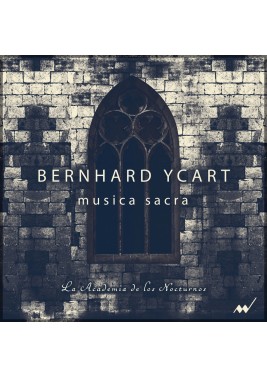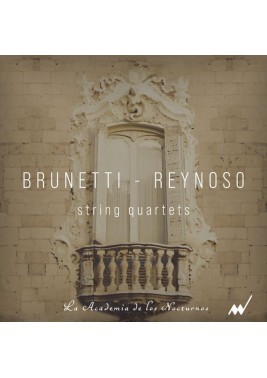-
 English
English
-
 Español
Español
Shopping Cart
No products

Ad Vesperas Corporis Christi
Ad Vesperas Corporis Christi. Vísperas solemnes de Corpus Christi en la Capilla de los Reyes Católicos
La Academia de los Nocturnos
Isaac Alonso de Molina, chapel master
Ján Janovčik, choir master
Ensemble La Danserye
Duración total: 63 min (CD1); 45 min (CD2)
Custos records, 1003 (2024)
La Academia de los Nocturnos
Maria Bayley, Esther Kronenburg, tiples
Isaac Alonso de Molina, contra alto
Ján Janovčik, Tim Braithwait, tenores
David Alonso de Molina, Bram Trowborst, contra bajos
Canto llano: Carlos Leal, Tigran Matinyan, Santo Militello, Enrico Ruggieri
Enemble La Danserye (shawms, sackbuts, cornetts)
Fernando Pérez-Valera
Juan Alberto Pérez-Valera
Luis Alfonso Pérez-Valera
Marit Lund Bjørnsen, sackbut
Since the Middle Ages, European monarchs and high-ranking princes maintained, as part of their royal households, an ecclesiastical institution responsible for the spiritual life of the court. This primarily involved elaborate liturgical celebrations for both the Mass and the Divine Office. Isabella and Ferdinand were no exception in this regard, and each maintained their own royal chapel (Castile and Aragon respectively), which were managed separately but had numerous occasions to work together during the periods when the monarchs were united.
The liturgical basis for the present reconstruction of the Vespers Office for the Feast of Corpus Christi comes from printed sources initiated by Cardinal Cisneros, Archbishop of Toledo from 1495. Thanks to his efforts, the Toledan rite was documented almost in its entirety. Specifically, for the first layer we rely on the Intonarium toletanum (Alcalá, 1515) and the Diurnum dominicale secundum usum alme eclesie Toletane (Alcalá, 1519). The second musical layer consists of fabordones: semi-improvised polyphony used in alternation with plainchant in the psalms, verse by verse. The written polyphony—or in the terminology of the time, canto de órgano—forms the third musical layer. This includes the famous Pange lingua by Juan de Urrede, the Magnificat by Juan de Anchieta, four motets by Francisco de Peñalosa, another anonymous motet attributable to either Pedro or Diego Díaz, or perhaps to Alonso de Mondéjar, and one more by Alonso Pérez de Alba.



